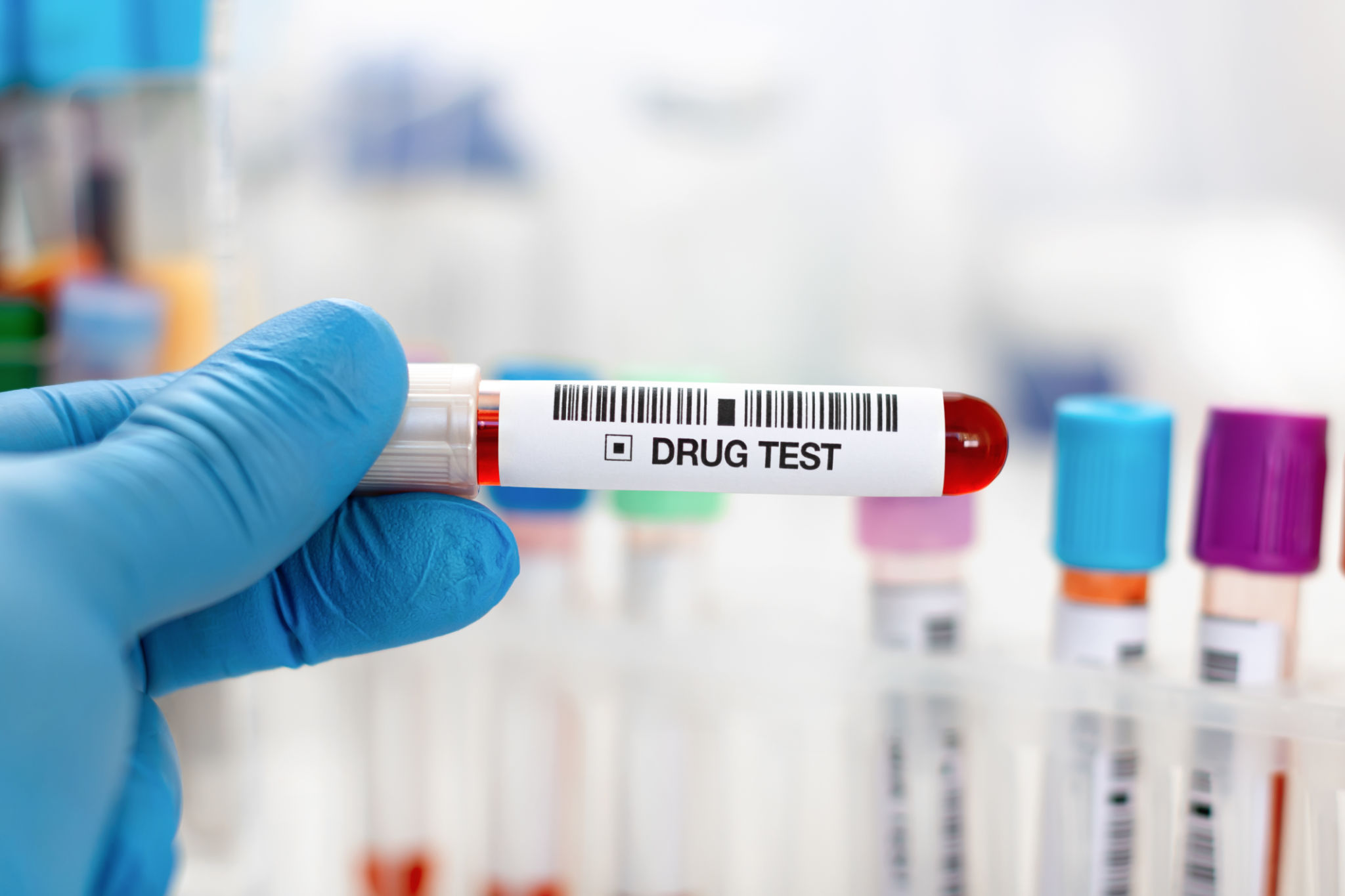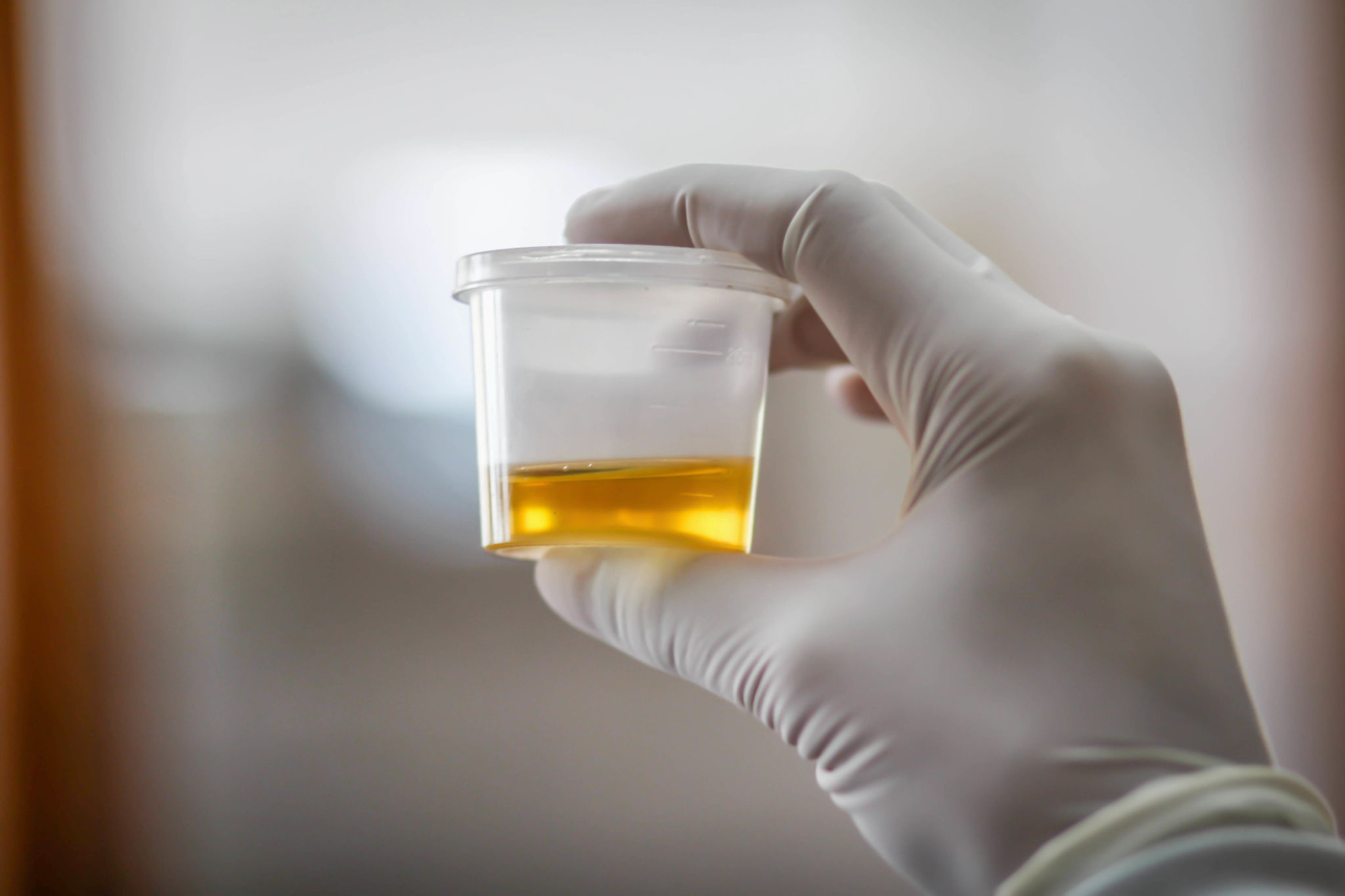What to Expect During a Court-Ordered Drug Test: A Step-by-Step Guide
Understanding Court-Ordered Drug Tests
Being required to undergo a court-ordered drug test can be an intimidating experience, especially if you're unfamiliar with the process. These tests are often mandated to ensure compliance with legal conditions, such as probation or child custody arrangements. Understanding what to expect can help alleviate some of the anxiety and ensure you are adequately prepared.
Typically, these drug tests are conducted in a professional setting like a clinic or a laboratory. They are designed to be accurate and reliable, ensuring that the results are fair and unbiased. Knowing the steps involved can help you feel more confident and ready for the experience.

Step-by-Step Guide to the Process
1. Receiving Notification
The first step in the process is receiving a notification about your required drug test. This notification will include details such as the date, time, and location of the test. It's crucial to make sure you understand these details to avoid any missed appointments, as failing to comply can have serious legal consequences.
2. Preparing for the Test
Once notified, your next step is preparation. Generally, there is little you need to do differently before a drug test. However, if you are taking any prescription medications or over-the-counter drugs, it's important to inform the testing facility, as certain substances can affect your results.
3. Arriving at the Testing Facility
On the day of the test, make sure to arrive at the testing facility on time. Bring a valid form of identification, as it will be required for verification purposes. It's advisable to wear comfortable clothing since you may be waiting for some time before your test is conducted.

The Drug Testing Procedure
4. The Collection Process
The most common type of drug test is a urine test, although blood, hair, or saliva tests may also be used depending on the specific requirements set by the court. For a urine test, you will be provided with a sterile container and directed to a private bathroom where you will provide your sample.
It's important to follow all instructions provided by the testing staff closely. This might include washing your hands before and after providing your sample and ensuring the container is sealed properly. The process is designed to maintain the integrity of your sample and prevent any tampering.

5. Awaiting the Results
After your sample has been collected, it will be sent to a laboratory for analysis. The time it takes to receive your results can vary, but typically you can expect them within a few days. Some facilities may offer expedited testing for an additional fee.
During this waiting period, try to remain patient and avoid unnecessary stress. Remember that this is a standard procedure aimed at ensuring compliance with legal requirements.
What Happens Next?
If your results come back negative, meaning no drugs were detected, you will usually be notified by either the testing facility or your legal representative. A negative result typically means that you have complied with the court's requirements.
In the event of a positive result, further action may be taken depending on your individual circumstances and court orders. It's crucial to remain informed about your rights and any potential next steps, such as requesting a retest or providing evidence of prescription medications that could have influenced the outcome.

Being well-informed about what to expect during a court-ordered drug test can significantly reduce anxiety and help ensure a smooth process. Remember that these tests are designed to support legal processes and should be approached with transparency and compliance.
